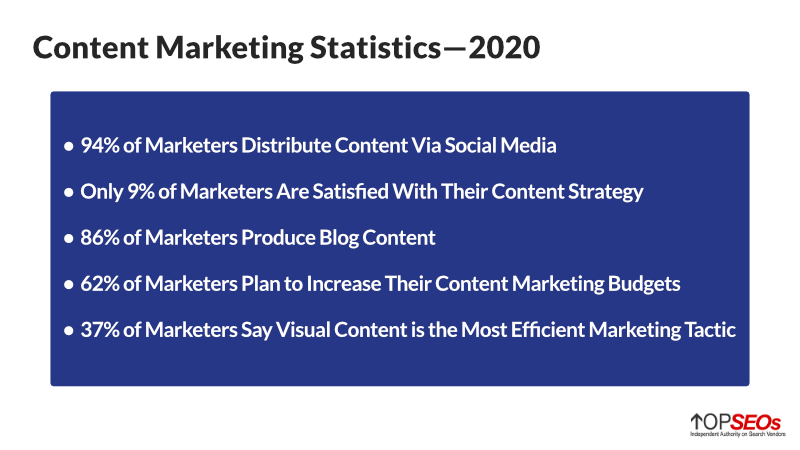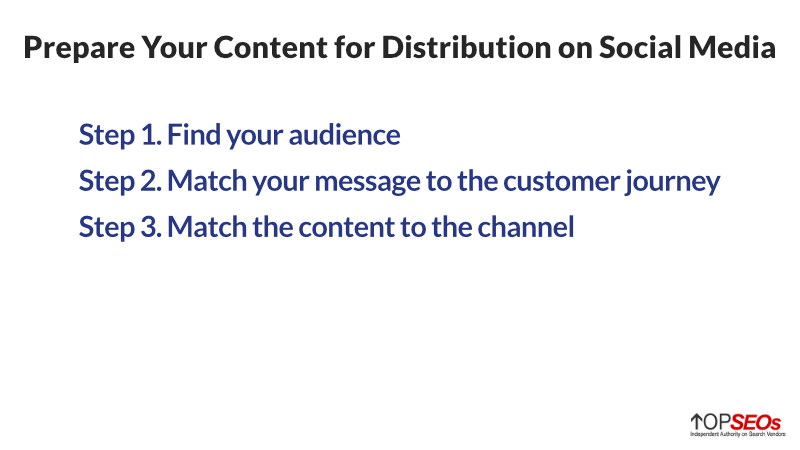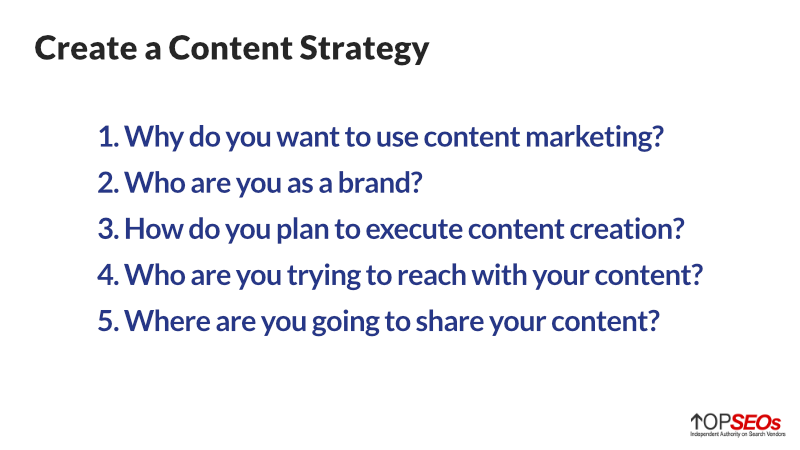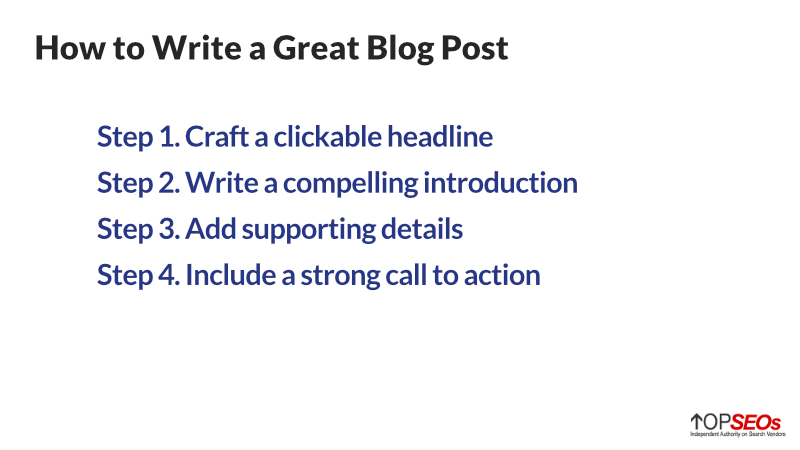If you rely on online advertising or organic traffic to drive sales, don’t overlook content marketing.
In this article, we’re sharing five content marketing statistics that you need to know in 2020. Plus, we’ll show you how to put these statistics to work for your brand, getting the most from your content strategy.
5 Content Marketing Statistics

Content marketing helps businesses drive traffic, generate leads, and make sales. When you consistently create high-quality content, you come to be seen as an authority and thought leader in your industry.
While marketing as a whole has changed a lot over the past few years, the importance of content marketing hasn’t waned. No matter what form your content takes, it’s consistently been a reliable, organic way for brands to generate new sales and keep existing customers informed.
Here we’re going to cover five important statistics from the 2019 State of Content Marketing Report from SEMrush. SEMrush analyzed more than 700,000 blog posts, hundreds of thousands of Google searches, more than 450,000 tweets, and surveyed more than 1,200 marketing professionals worldwide.
In addition to providing the content marketing statistics, we’re going to show you the best way to put the statistics to work for you.
1. 94% of Marketers Distribute Content Via Social Media
Social media marketing and content marketing are both very important to developing a strong brand presence online. Social media gives marketers a fast and easy way to get their content out to the people most interested in it. That’s probably why 94% of marketers use social media as one way to distribute their content.
Here’s how to prepare your content to be shared on social media.

Step 1: Find Your Audience
Start by finding out which social media platforms your audience uses. You’ll want to target those platforms since your content will be seen by more of the people you want.
You can easily look at statistics for each social media platform to see if your target audience is represented there. And, many social media platforms have audience targeting features you can use to find out if your audience calls that platform home.
Once you’ve figured out which social media platforms are right for your business and your message, take a look at the types of content your target audience consumes on the platform.
Do they engage with certain brands or content? Which types of content seem to go over the best?
Step 2: Match Your Message to the Customer Journey
The content that you share should meet your potential customer where they are in the customer journey. Content isn’t one-size-fits-all. Consider what you want your audience to do and choose the messaging that gently nudges them towards that goal.
Remember that the content you’d provide to boost brand awareness isn’t the same content you’d use to sell a product or service.
And don’t forget that social media is, well, social. You can’t just use your platform as a soapbox to say what you want to say and never engage.
Your content should encourage conversation and engagement and provide value to your target audience before you even think about trying to sell them something.
Step 3: Match the Content to the Channel
After you’ve found your audience and determined how best to meet them along their journey, it’s time to decide how to format it.
You have the option on social media to post paid or unpaid content. Paid content is advertising. Each platform has its own content guidelines that you’ll need to follow in terms of visuals, ad copy, and links.
Paid ads are great when you have very specific goals and campaigns planned.
Unpaid content is simply posting your content on your timeline from your business account. This is perfect for the standard content that you create for, say, your blog. You can repurpose it to work on the social media platform of your choosing.
2. Only 9% of Marketers Are Satisfied With Their Content Strategy
It’s pretty that only 9% of marketers are satisfied with their content strategy. When you consider that your content strategy is an enormous driver of traffic and sales, this content marketing statistic becomes downright concerning.
Your content marketing strategy is a detailed guide for how you plan to use content to address important business and customer needs.
And it can vary widely from business to business.

To create a content marketing strategy that will accomplish your goals, you need only consider five things:
Why you want to use content marketing. When you can state explicitly why content marketing, or even specific pieces of content, make sense for your business, you’re in a better position to gain buy-in from others.
Who you are as a brand. This is where you’ll document what sets you apart from your competition, but don’t stop there. Really think about the messages you want to share with your target audience and how you can use those messages to move them deeper into your sales funnel.
How you plan to execute your content creation. This means documenting everything about your content marketing strategy: goals, the value you plan to provide, and any challenges you may face along the way.
Who you’re trying to reach with your content. Here you can create a content marketing persona, listing who your content is for, what their needs are, and how you plan to match your content to where they are in the customer journey to move them closer to their—and your—goals.
Where you’re going to share your content. Document all of the channels and platforms you’ll use to distribute your content, along with what you hope to accomplish on each one. Then, plan how you’ll weave them together to create a coordinated brand message.
Developing a content strategy doesn’t have to be complicated. In fact, you can hire one of the best content marketing agencies to handle it all for you!
3. 86% of Marketers Produce Blog Content
When you’re considering where to distribute your content, don’t forget your own website. Creating a blog on your website makes it really easy to direct traffic back there. That’s likely why 86% of marketers produce content for a brand blog.

Here’s how you can create a blog post that converts:
Step 1. Craft a Clickable Headline
Good blog headlines are descriptive and engaging. They’re the first thing your readers see and can mean the difference between your post getting read or your post getting scrolled past.
We recommend getting started with a working title to guide your writing. Then, before you publish your blog post, take the time to revisit your headline to really make it pop.
Create the perfect SEO title with these SEO title tips!
Step 2. Write a Compelling Introduction
So, your headline worked. Great! Now what?
Start the body of your article with something that keeps your new reader engaged. Got a hot new statistic? Cutting edge trend? A burning question? Use it.
Some writers even have great luck just coming right out and telling readers what the point of the article is.
The most important thing is to tell readers why they’ll benefit from reading.
Step 3. Add Supporting Details
After your introduction, you want to keep the reader reading. This means providing details, statistics, and documentation to support your argument. You want readers to know that you know what you’re talking about.
Step 4. Include a Strong Call to Action
You’ve done it all: drawn readers in with a great title, pulled them into your story with a great intro, provided compelling details to support your argument.
Now you need to tell them what you want them to do next.
This can be as simple as asking them to leave a comment, visit another related post, or do something else entirely. The important thing is to push them in the direction you want them to go.
4. 62% of Marketers Plan to Increase Their Content Marketing Budgets
In case you have noticed by now, marketers find content marketing to be very important to their marketing efforts. So important, in fact, that 62% of marketers plan to increase their content marketing budgets.
Don’t have the money to spend? Here are two easy ways you can get the most out of your budget.
Stay Focused
Do you know what happens when you publish a lot of content that’s unrelated to your business?
You get a lot of traffic that isn’t interested in your products or services.
Yes, getting a lot of traffic feels good. But, it feels even better to get the right kind of content that converts.
Choose the topics that you’re going to write about and stay there. Publish content that pulls in your target audience.
Focusing your content in this way will eliminate the costs associated with creating content that won’t help you get sales.
To find topics that will get you the kind of attention you want, check out what your competitors are doing on their blog and social media. You can also use forums like Quora or Reddit to find out what kind of questions your target audience is asking.
Repurpose Content
Repurposing content is a great way to reduce costs associated with product brand new content.
Take a look at your existing blog content to find content that you could modify to work on other channels like email or social media. You could even choose an article to expand into a few new blog posts by including additional content.
Want to really get your content noticed and make the most of your budget? Make sure to follow these SEO best practices!
5. 37% of Marketers Say Visual Content is the Most Efficient Marketing Tactic
You know the saying “a picture is worth a thousand words?” It’s actually worth 60,000.
Yes, that’s right. According to a University of Minnesota study, the human brain processes images 60,000 times faster than text.
An easy way to use visual content to delight your readers and convey your meaning faster is by adding images near the beginning of the post.
A good rule of thumb is to make sure that readers don’t have to scroll down more than a single page depth or so before they hit your first image.
Visuals draw attention to your content and pull readers farther down the page. And it doesn’t begin and end with still images. You can incorporate other types of visual content into your blog posts or even create visual content that stands on its own.
Using different types of visual content makes your content more interesting. Plus, the visual content you create can be used across platforms.
Content Marketing: Valuable Marketing Tool
Content marketing is one of the best ways to increase brand awareness, nurture leads, and build trust with your target audience. The content marketing statistics and insights from this article can help you focus your energies on what works.
Hands down, the best way to get your content found and read online is by having an effective SEO strategy. To find the right SEO company that will work with you to improve your content’s rank, check out our list of the best SEO companies.




















